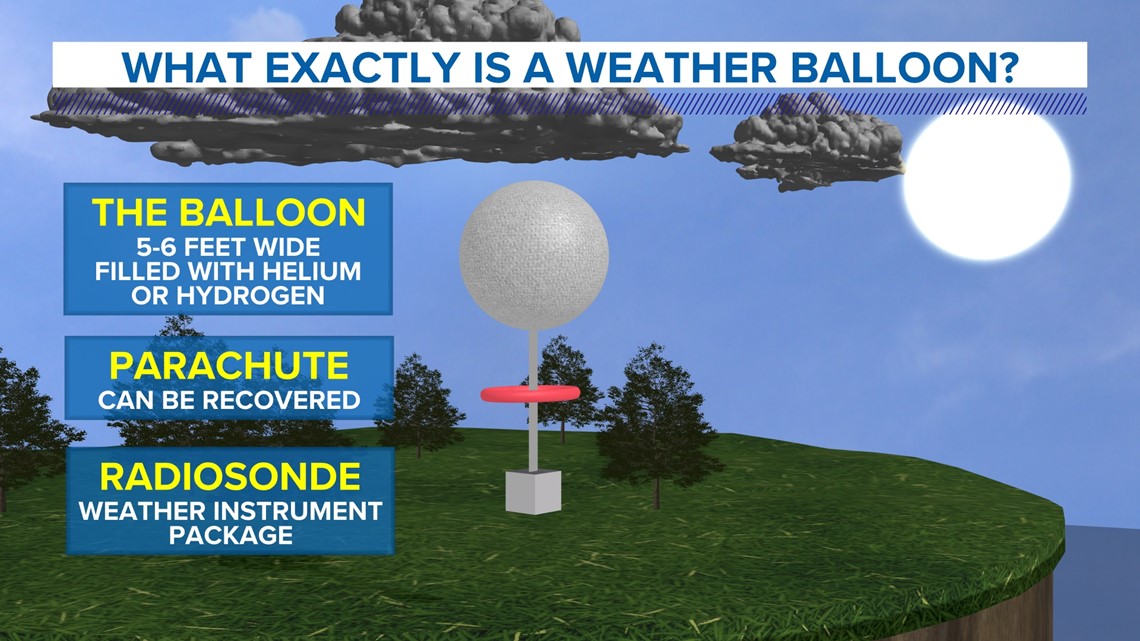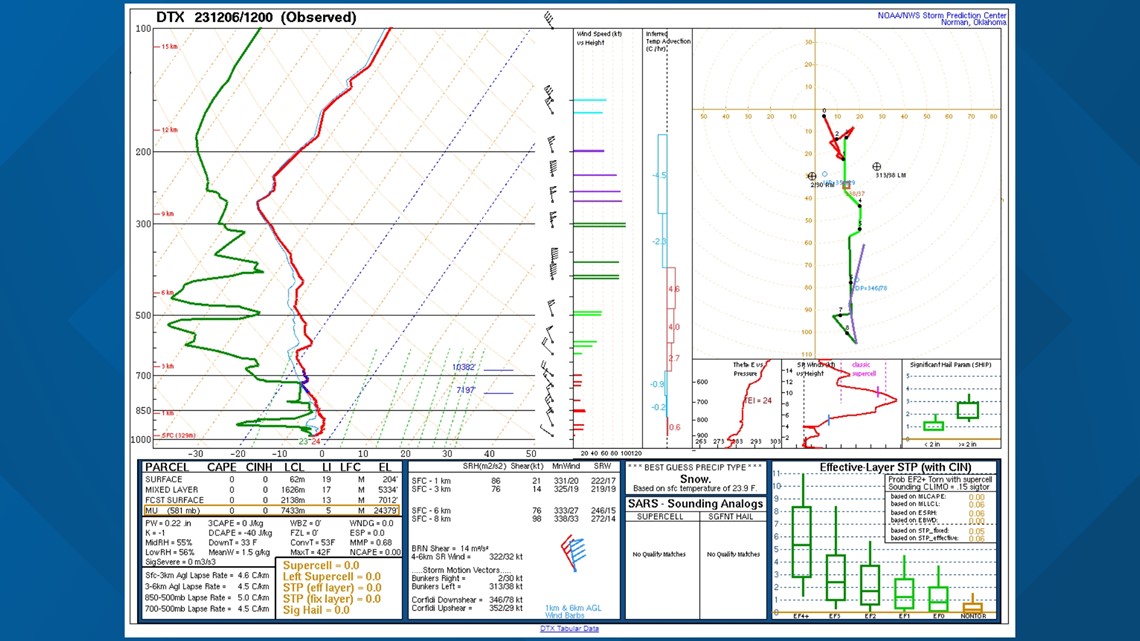GRAND RAPIDS, Mich — In the year 2023 a weather balloon is not something people think much about, unless they're questioning what really happened in Roswell, New Mexico back in 1947. While such incidents made the subject of a weather balloon something of a lighthearted joke, the data weather balloons provide every day is no laughing matter!
Starting in the late 1800s, 1909 in the United States, meteorologists have been launching weather balloons multiple times a day, every day, in order to gain a better understanding of the weather patterns taking place around the globe. But with satellites and advanced weather models, is such a practice still needed?
The answer is yes, and here's why.
The Question:
Are weather balloons still necessary?
The Why:
While it would seem that with all our technology in the modern age we could easily figure out what is going on in the atmosphere without sending up a balloon, that's actually not a simple task.
While sensors on planes, ground stations, and satellites can all give us insight into what is happening in the atmosphere, there is no substitute for actually getting up there and measuring it yourself. This data plays a vital role in informing meteorologists and weather models of the current state of the atmosphere, leading to better forecasts and weather impact warnings.
According to the National Weather Service, "Presently, no single observing system (e.g., satellites, aircraft observations, and ground-based remote sensors) can match the vertical data resolution (about 5 meters) and height coverage (more than 30 km) obtained with radiosondes."
In fact, if you were to ask most meteorologists, we think more balloons should be launched each day, at more locations, and more often! The map below shows each station in the United States that launches a weather balloon at least twice a day.


So what goes into a weather balloon?
The basic components are the balloon itself, a parachute so it can come back to Earth safely, and a device called a radiosonde. The radiosonde is a package of weather instruments that transmits weather data back to the surface. This data includes things such as temperature, dew point, wind speed, wind direction, and pressure.


These balloons take continuous measurements throughout the atmosphere as they ascend and drift with the winds. These measurements help us determine things such as what kind of winter precipitation will fall and how strong severe storms could potentially be.
It's not uncommon for a balloon to rise over 115,000+ feet into the air and travel over 125+ miles from where it was launched!
All that data is fed back to the ground and put into a data plot called a sounding. This is what the sounding from Wednesday morning in Detroit looked like.


That data is then also fed into our weather models, allowing for the best picture of atmospheric conditions, and thus a better model forecast. Without this crucial data, weather forecasting would be nowhere near as accurate as it is today!
So with this in mind, if you ever find a downed weather balloon, make sure to follow the instructions to send it back to the NWS. Each radiosonde recovered can be reused, and the money saved will help continue this vital program into the future!
-- Meteorologist Michael Behrens
Follow me on social media! Facebook Meteorologist Michael Behrens, X/Twitter @MikeBehrensWX, and Instagram/Threads @MikeBehrensWX.
Email me at: MBehrens@13OnYourSide.com
Have a 30-second video or still photo to share? We'd love to share it with everyone! Email your image to Weather@13OnYourSide.com or post it to our 13OnYourSide Facebook Page.
►Make it easy to keep up to date with more stories like this. Download the 13 ON YOUR SIDE app now.
Have a news tip? Email news@13onyourside.com, visit our Facebook page or X/Twitter. Subscribe to our YouTube channel.

